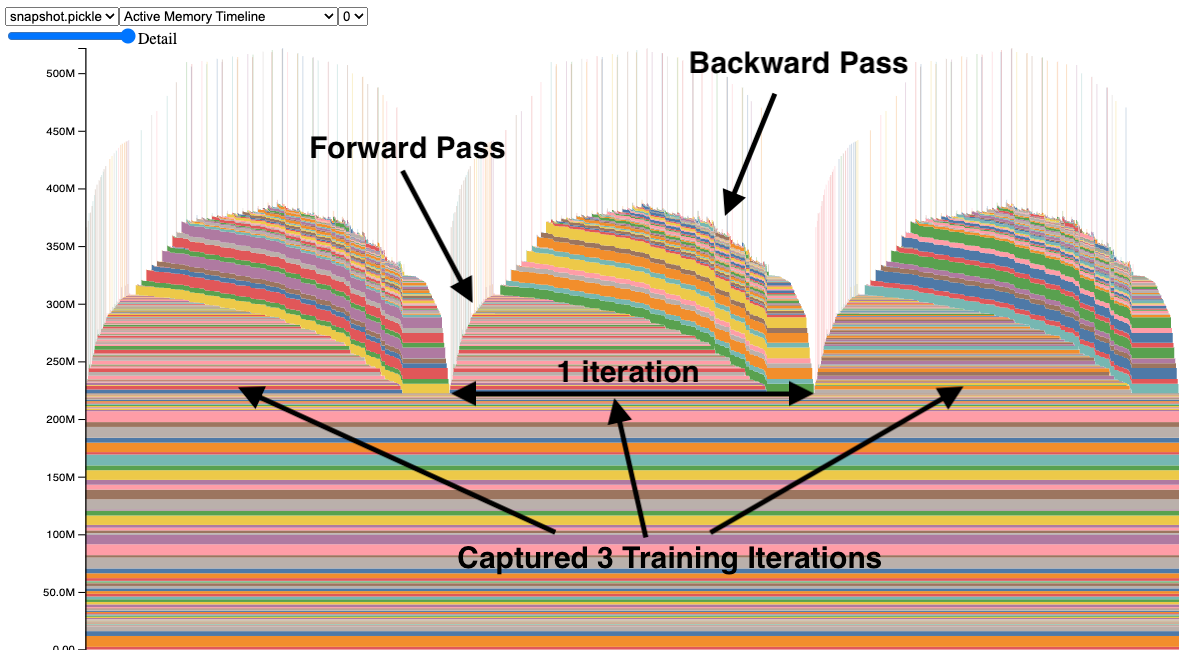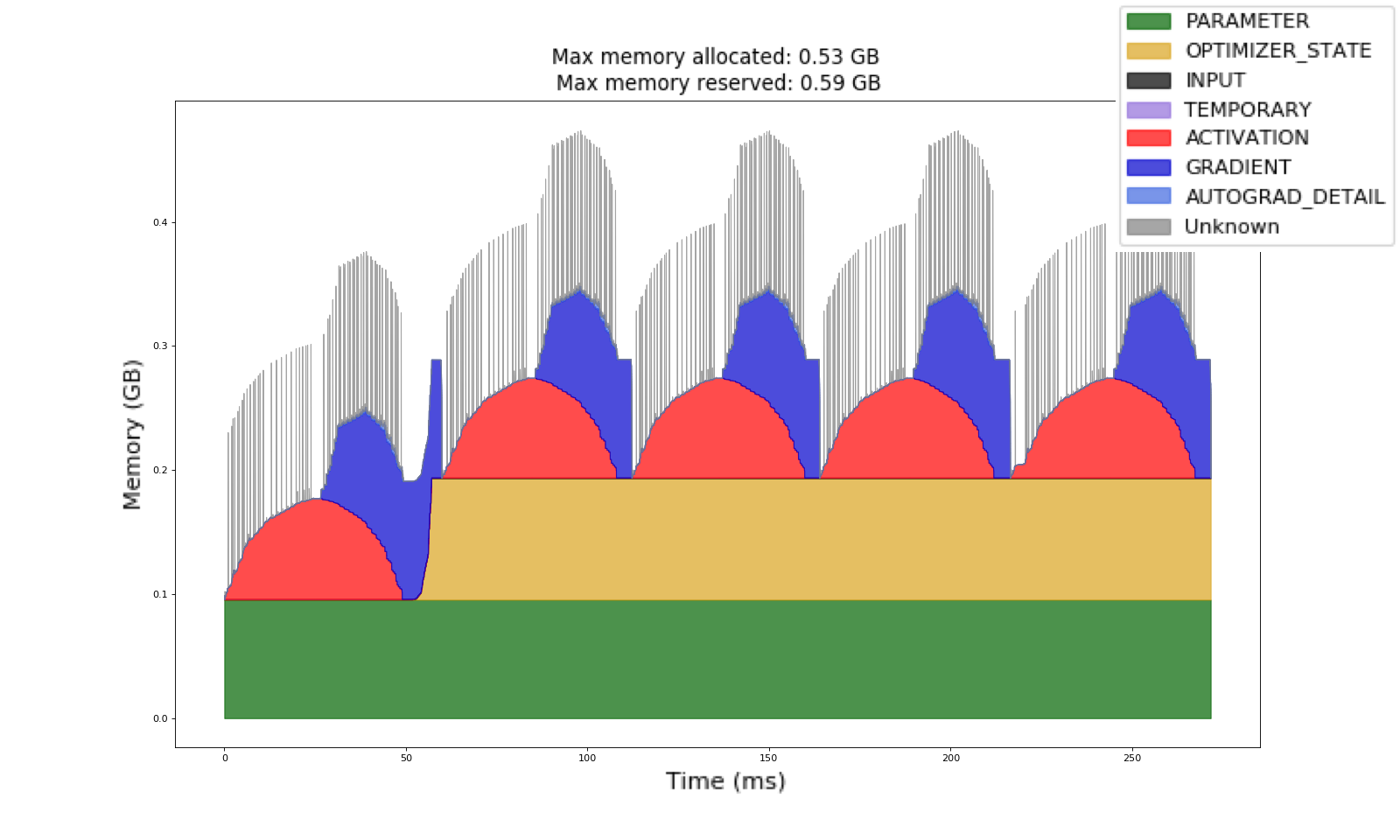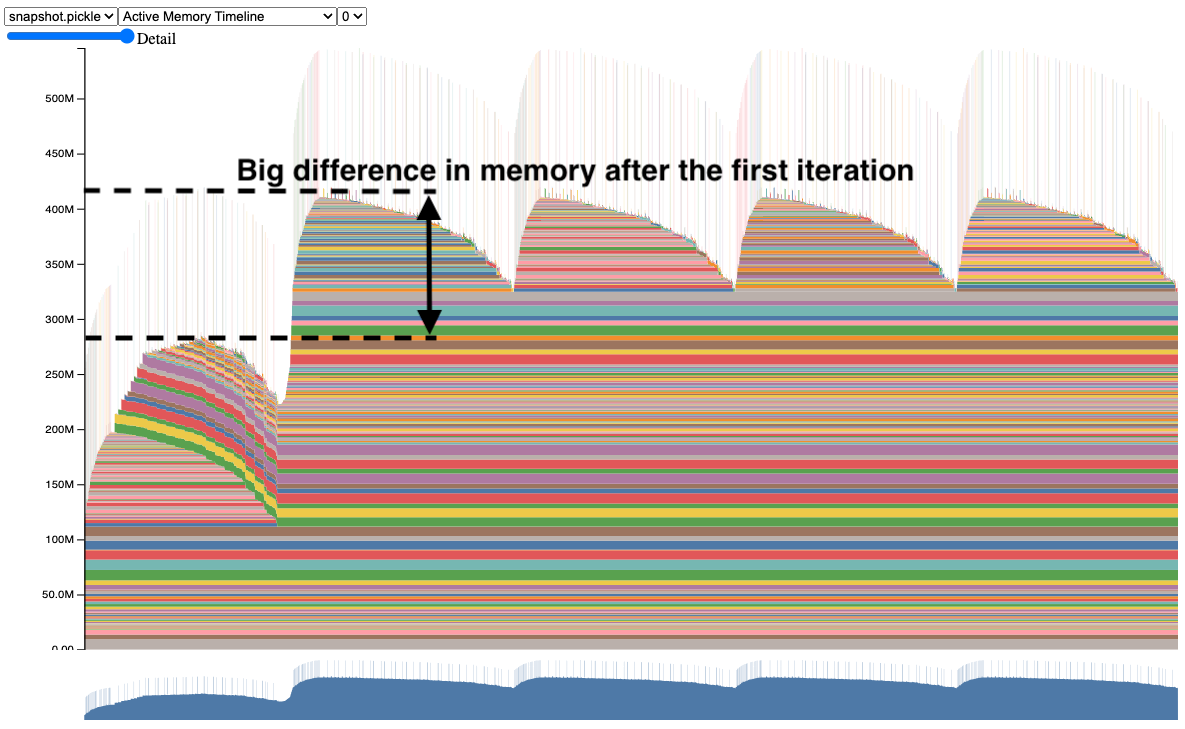Yeah, the pricing looks amazing on paper. $0.60 per million tokens versus GPT-4's highway robbery pricing. But here's what nobody tells you about those "cost savings" until you're knee-deep in production issues at 3 AM.
The Hidden Costs They Don't Mention

First, that $0.60 number is pure marketing fantasy. Sure, if you're sending the model simple requests and it responds perfectly every time, you might hit that number. In reality? I spent my first month debugging why the model kept generating malformed JSON that broke our parsing pipeline.
This aligns with recent analyses showing that while Llama 3.3 70B is technically 25x cheaper than GPT-4o, real-world costs include engineering overhead, error handling complexity, and infrastructure complexity.
Here's what actually happened during my December 2024 migration:
Week 1: Switched from GPT-4 to Groq's Llama 3.3 70B. Everything looked great. API calls dropped from $30/million tokens to $0.79/million. I felt like a genius.
Week 2: Started getting bug reports. The model would randomly decide that structured data should be "more creative." JSON became JSON-ish. CSV outputs included helpful commentary. Customer support tickets spiked.
Week 3: Spent 20 hours rewriting prompts to be more explicit. Added validation layers. The cost savings evaporated when I had to add GPT-4 as a fallback for 30% of requests that Llama fucked up.
Week 4: Realized that "88% cheaper" means jack shit when your error rate goes from 2% to 18%. The real cost isn't the tokens—it's the engineering time spent babysitting a model that works great until it doesn't.
When Benchmarks Meet Reality

Forget the bullshit benchmark scores for a second. Here's what actually matters: Llama 3.3 70B gets 88.4 on HumanEval, which sounds great until you ask it to debug a React component with useEffect dependencies. It'll write beautiful code that compiles perfectly and completely misses the point of what you're trying to fix.
The 92.1 IFEval score is real though. This thing follows instructions better than my junior developers. Tell it exactly what format you want, and it'll deliver. But the moment you need it to infer context or make intelligent assumptions? Good fucking luck.
Independent testing by Vellum shows similar results: great at following explicit instructions, terrible at creative problem-solving. The Artificial Analysis benchmarks confirm what we've experienced in production. Additional community testing on Reddit and comprehensive model comparisons show consistent patterns across different use cases.
The Deployment Reality Check
Local deployment is where this gets interesting. Yeah, you can run it on dual RTX 4090s, but here's what they don't tell you:
- Those "24-48GB memory requirements" assume perfect quantization. In reality, you need 64GB to not hate your life.
- Windows users are fucked. The CUDA drivers will make you question your career choices. WSL2 deployment guides help, but add another layer of complexity.
- That 309 tokens/second on Groq? Only works until their service goes down, which happens more often than they admit. Check their status page and service reliability reports for the real picture.
Hardware analysis shows that the 70B model needs at least 148GB VRAM for unquantized deployment, dropping to ~48GB with INT4 quantization.
I spent a weekend trying to get local deployment working on Ubuntu 22.04. CUDA 12.1 broke everything. CUDA 11.8 worked but couldn't handle the memory pressure. Finally got it stable with CUDA 12.2, but only after manually compiling half of PyTorch.
The Shit They Don't Want You to Know
Here's where Llama 3.3 70B falls apart:
Context degradation: That 128k window works great for the first 64k tokens. After that? The model forgets what the hell it was doing. I've seen it contradict its own output from 50k tokens earlier.
Reasoning failures: Ask it to analyze a complex SQL query with multiple joins and subqueries. It'll confidently explain how the query works while completely misunderstanding the actual logic flow.
Hallucinated APIs: It loves making up function signatures that don't exist. Spent 2 hours trying to figure out why pandas.DataFrame.smart_join() wasn't working before realizing the model invented it.
But here's the thing: despite all this bitching, I'm still using it. Because when it works, it works well. And at $0.60/million tokens versus GPT-4's mortgage payment pricing, I can afford to add error handling.
The real question isn't whether Llama 3.3 70B is perfect—it's whether the cost savings justify the engineering overhead. Let's break down the actual numbers.



